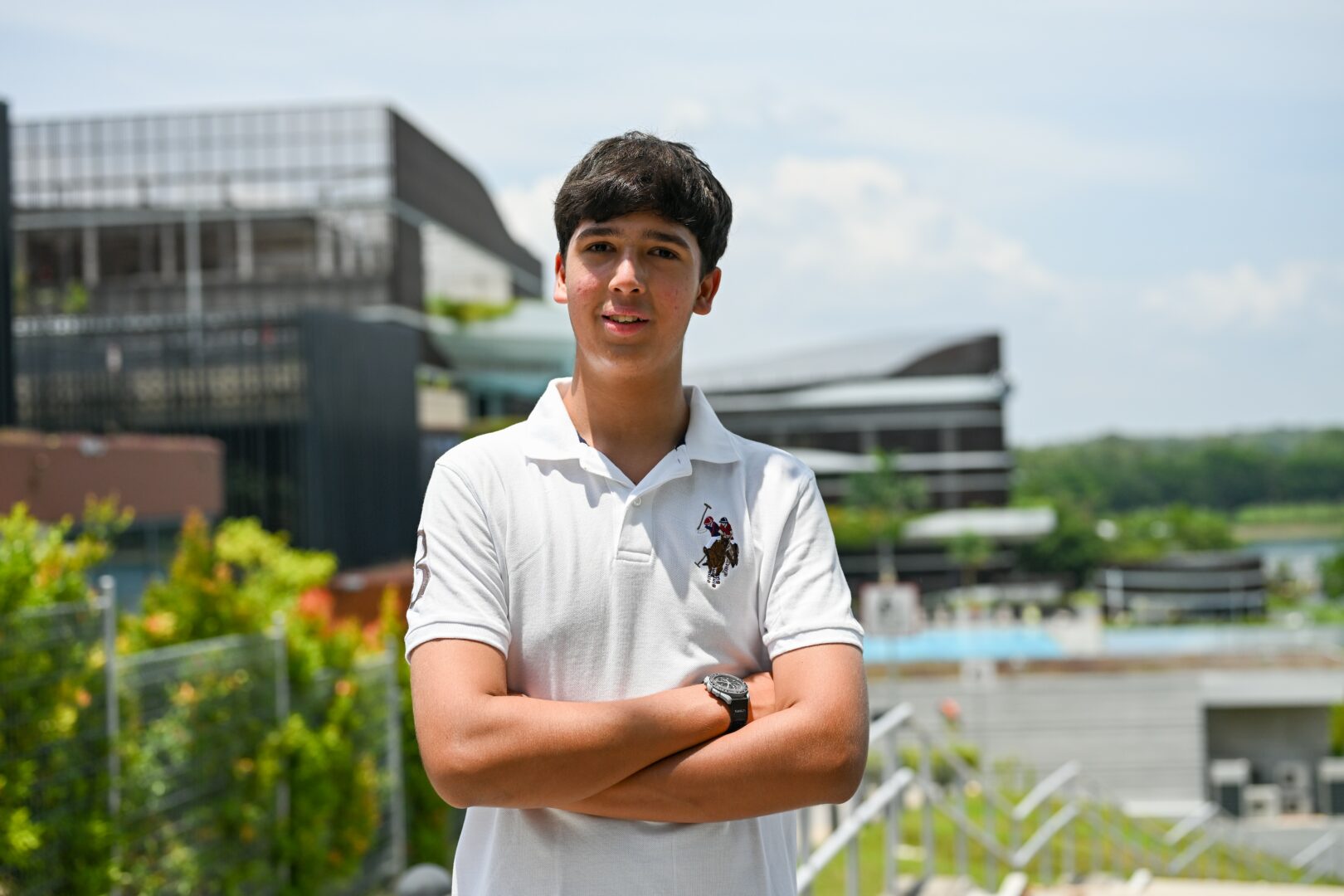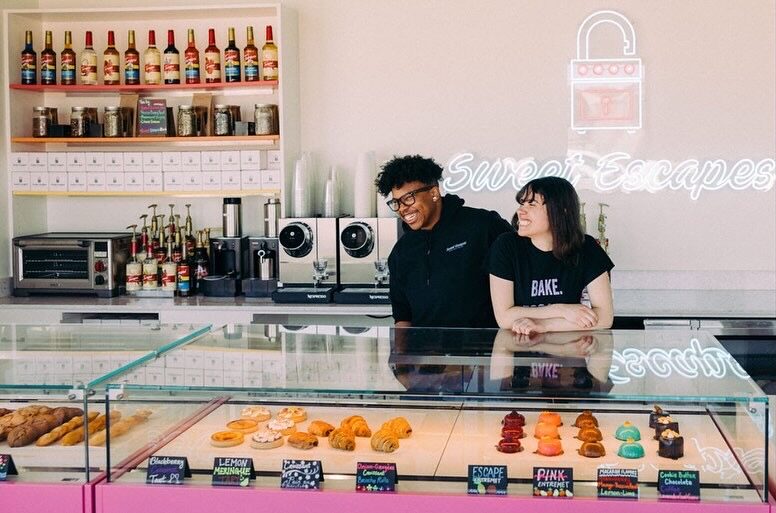We’re excited to introduce you to the always interesting and insightful Aarav Sharma. We hope you’ll enjoy our conversation with Aarav below.
Aarav, so excited to have you with us today. So much we can chat about, but one of the questions we are most interested in is how you have managed to keep your creativity alive.
I keep my creativity alive by identifying real-world issues and thinking of ways I can use my knowledge of technology to solve them. I am always looking for new project ideas, and the way I usually do this is by observing my surroundings, the environment I am in, and the problems that people around me may face, whether it is efficiency, affordability, availability, or something else. It is also very important to choose projects that you are genuinely interested in, because without that interest, you will lose motivation. This is what helps me keep my creativity alive.
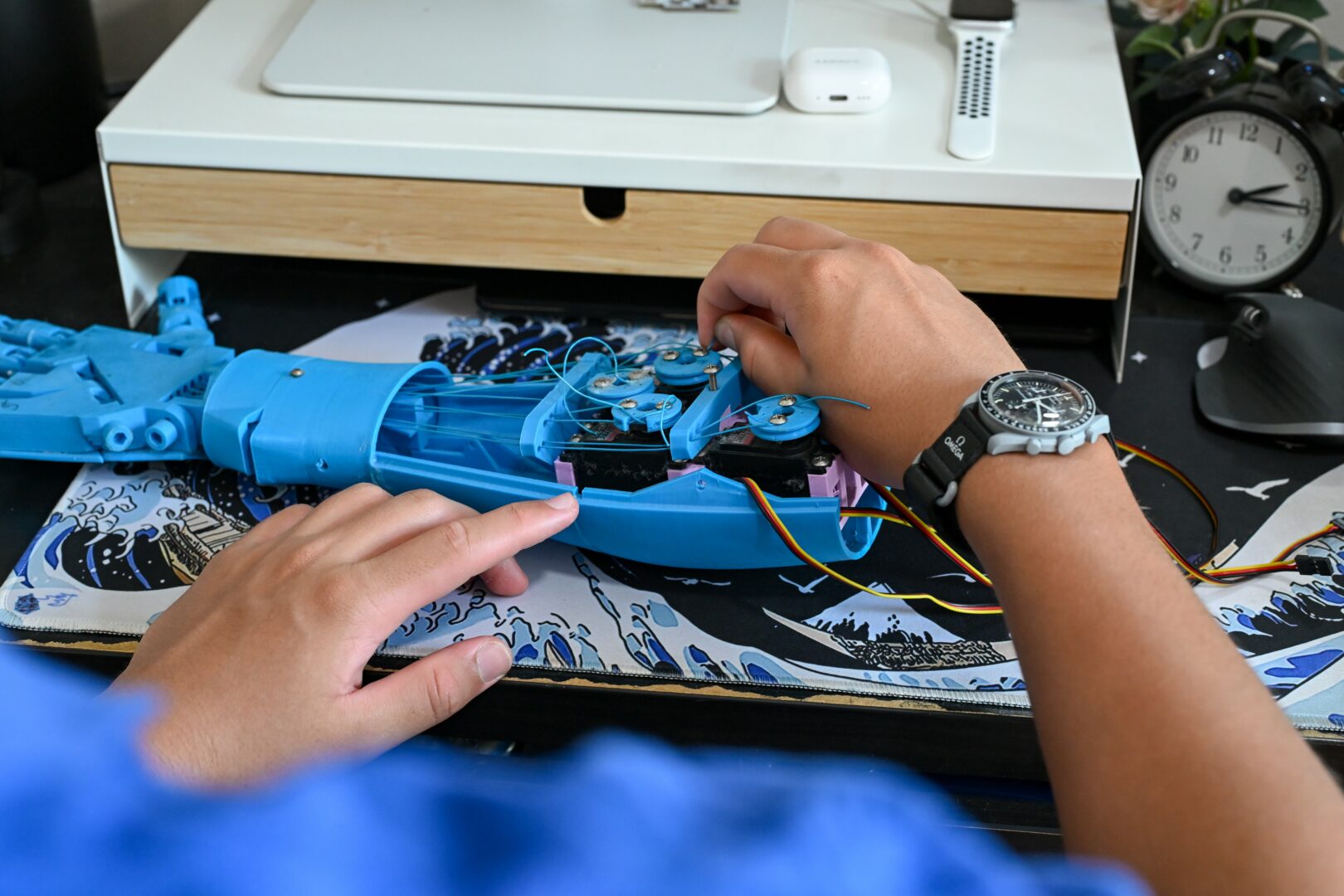
Let’s take a small detour – maybe you can share a bit about yourself before we dive back into some of the other questions we had for you?
My name is Aarav Sharma, and I am a 15-year-old student with a strong interest in emerging technologies, especially Brain-Computer Interfaces (BCIs) and Artificial Intelligence (AI). My journey in technology began much earlier, when I was eight years old.
Since the age of six, I have enjoyed building LEGO sets, ranging from the Star Wars Millennium Falcon all the way to the World Map, which is the largest LEGO set in the world. This early experience helped me develop problem-solving skills and the ability to visualize complex 3D models, which later became useful in more advanced projects.
At the age of eight, I was introduced to 3D printing. This is a form of additive manufacturing that creates objects by adding material layer by layer from a digital design. One of my first projects was a cube with customized engravings that could spell out my name. To make this, I learned Computer-Aided Design (CAD). I began with simple tools like Tinkercad and later advanced to Autodesk Fusion 360, which I continue to use today. Even though CAD modeling can be challenging, I was able to teach myself the same tools that professionals use in their work on my own.
After learning 3D printing, I moved on to programming. I taught myself Python and even earned the same certifications that professionals in the industry pursue. This gave me a strong foundation to continue exploring technology, which later led me to work with devices such as the Raspberry Pi. After doing this for many years, I learned lots more about AI and decided to combine my love of Raspberry Pi’s with AI.
Based on this, I developed Smart Bin AI, which is a module that applies Artificial Intelligence (AI) image classification to recognize both the type of food wasted and the percentage of the food left on a plate. It uses a deep learning model, specifically a convolutional neural network, to identify patterns in waste and classify food types accurately. The module is set up above a food disposal area, such as a food waste bin, where a camera captures the contents of the waste during a desired time. It will then compile a report with all the food waste information and suggest to the food provider various ways of reducing the waste, such as decreasing portion sizes. Smart Bin AI is already a proven business model since it has been implemented at an international scale with many schools and colleges around the world using the modules.
I would like to share that I have been deeply immersed in exciting projects in the field of Brain Computer Interfaces for over a year, and I am currently working on controlling an exoskeleton arm simply through brain signals, through emerging technologies such as Brain-Computer Interfaces (BCIs) and Artificial Intelligence (AI). This is a project that has been supported with multiple fellowships, sponsorships, and grants of more than USD$10,000.
The purpose of this life-changing innovation is to support individuals with paralysis, particularly those with monoplegia. For people who cannot move their limbs, the ability to command an exoskeleton arm with just their thoughts has the potential to restore independence and open up possibilities that were once impossible.
My interest in this fascinating field originated from a visit to SG Enable, which is a focal agency for disability in Singapore, where I came face-to-face with the real challenges experienced by individuals with disabilities. After hearing their stories about the difficulties in their lives, I knew I wanted to make a solution, but I did not know what. I held that thought with me, and I soon learned about Brain Computer Interfaces. I realized this was the solution I had been searching for.
The first step in creating this project was to gather all the equipment I required, such as the actual Brain Computer Interface headset, electrodes to measure the electroencephalography (EEG) data in the brain, and servo motors to control the exoskeleton arm. I received all the BCI components after being selected through a sponsorship program from a company called OpenBCI, and after receiving the hardware, I started experimenting and figured out how to collect the EEG data from the headset and interpret it. I initially detected basic movements such as eye blinks and electromyography (EMG) to better understand the field of Brain Computer Interfaces. I continued doing this until I managed to successfully identify the user concentration state, such as whether they are concentrated or distracted, and I planned to route these signals to control the exoskeleton arm.
Then I began developing the exoskeleton arm, which was completely 3D printed and self-made. This was an extremely long process as it required me to use CAD to design the 3D models in Autodesk Fusion 360. I created my first working prototype of the exoskeleton arm, and early results were impressive since users were able to control it directly through their thoughts. The system runs on a supervised machine learning method called logistic regression, which is well-suited for binary states such as clenched or relaxed. By training the model with large amounts of EEG data, it can output real-time signals to move the arm. Since the design has 5 degrees of freedom, it is quite robust, allowing fine motor control of the fingers. With these milestones, I was able to prove that technology, when applied thoughtfully, can truly restore lost abilities and improve lives.
At this stage, I had already managed to control the exoskeleton arm simply through thought, but I wanted to take this a step further. I began exploring the field of artificial intelligence, specifically machine learning, and started thinking about how I could apply this to brain-computer interfaces. I decided to develop a Support Vector Machine (SVM) model that successfully identifies the direction the user wants to control the arm, and I am actively adding more degrees of freedom to this system.
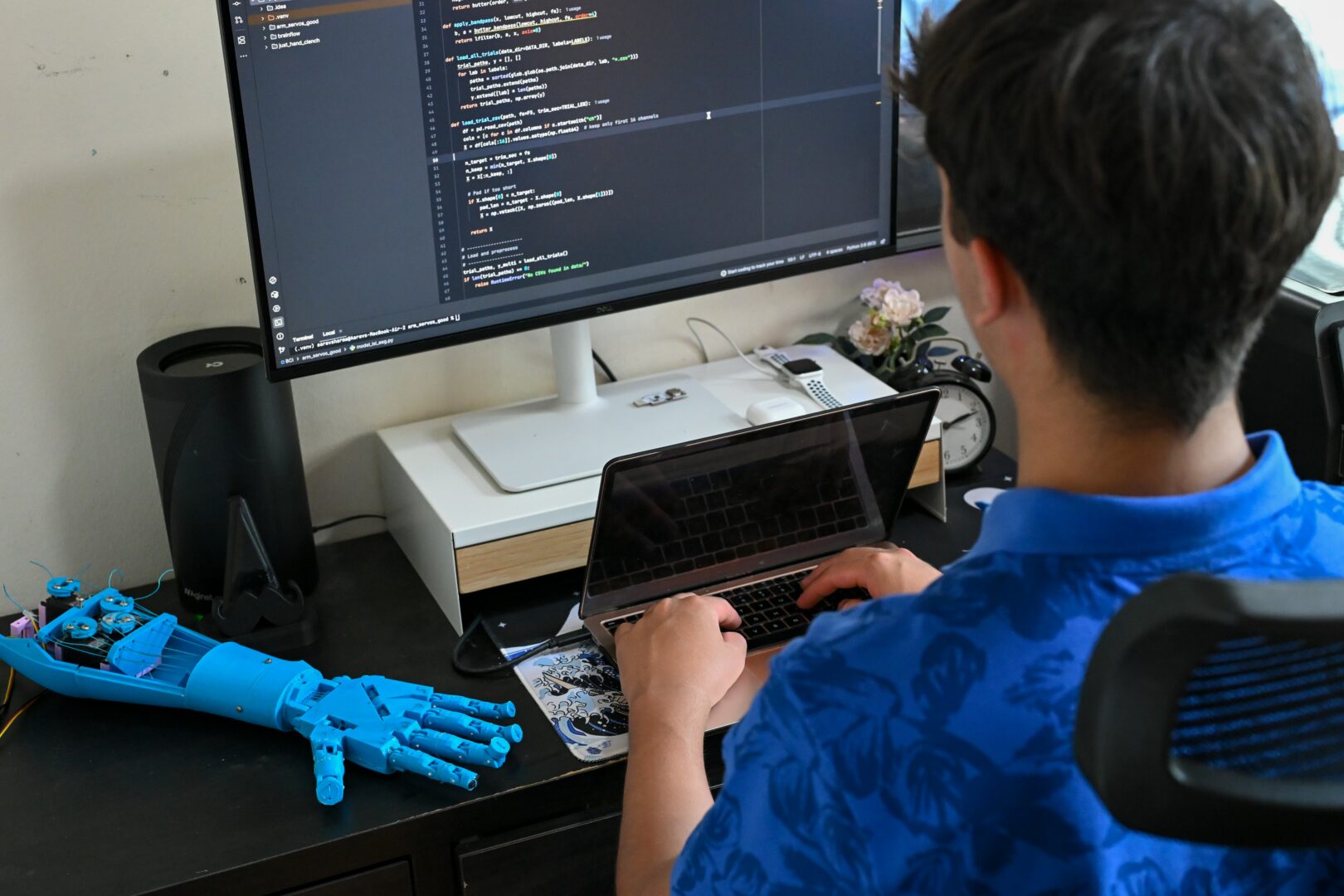
There is so much advice out there about all the different skills and qualities folks need to develop in order to succeed in today’s highly competitive environment and often it can feel overwhelming. So, if we had to break it down to just the three that matter most, which three skills or qualities would you focus on?
The three qualities and areas of knowledge that were most impactful in my journey are perseverance, understanding priorities, and truly finding your passion. The most important quality for me is perseverance and always being determined to solve the issues that come up in projects or in daily life. For example, in my work with Brain Computer Interfaces, there have been many times when I spent hours working on a single problem and rarely solved it in one attempt. But by staying consistent and pushing myself to keep trying, I eventually reached success. This way of thinking can be applied by anyone to their own challenges, because dedication often leads to results even when it takes longer than expected.
The second quality is understanding priorities, which is especially important when balancing different initiatives alongside school or career commitments in a world full of distractions. Being able to prioritize helps you focus on a specific goal and makes sure that you give your full effort to the task that matters most.
Finally, it is necessary to make sure that your goals are connected to something you are truly passionate about. Without genuine passion, the first two qualities are difficult to hold on to because there will not be enough motivation to keep going. If you do not enjoy what you are doing, then putting in the effort has little meaning. Passion and difficulty are not the same thing, but passion gives you the drive to face difficulties and overcome them.
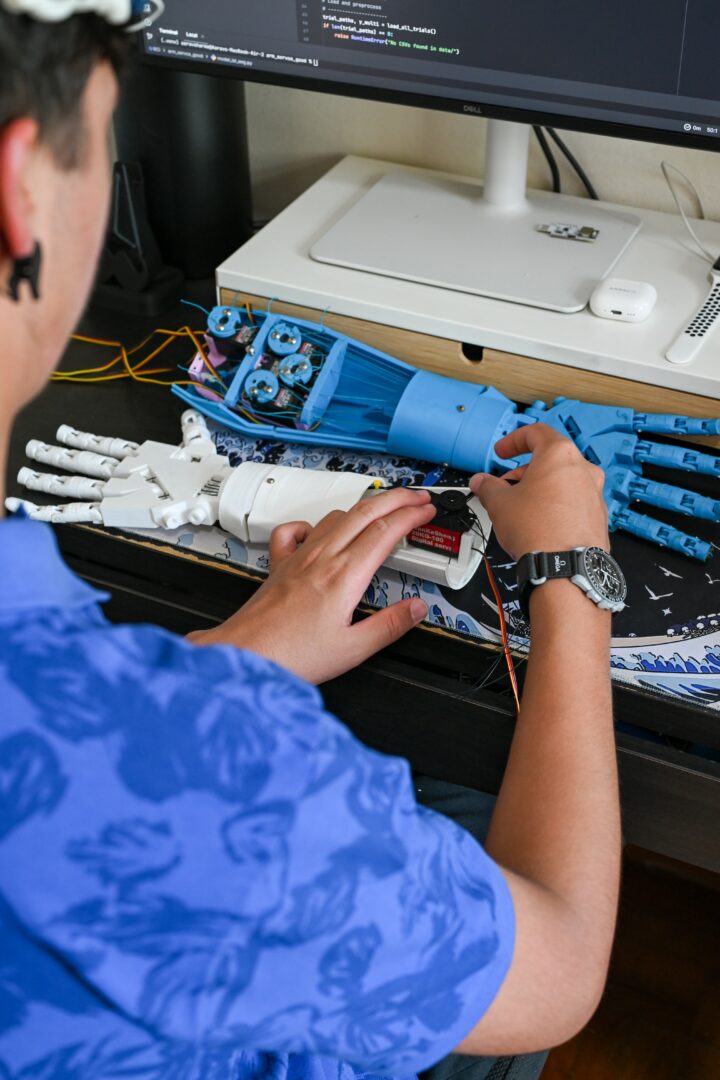
What’s been one of your main areas of growth this year?
Over the past year, my greatest area of growth has been the deep knowledge I’ve gained in Brain-Computer Interfaces and Artificial Intelligence. It all started with me just being curious, and it soon evolved into hands-on learning, networking, and competing against young adults in international competitions. Through these experiences, I managed to win grants and be selected for prestigious scholarships, and over time, this led to a huge lesson I learned: the best investment you can make is in yourself. Over time, I started to apply my knowledge to goals that I can act upon, through projects that assist paralytic individuals, which are projects that meaningfully improve my community.
Contact Info:
- Website: https://aaravinnovate.com/
- Linkedin: https://www.linkedin.com/in/aarav-sharma-
- Other: Website on Smart Bin AI: https://smartbinai.com/
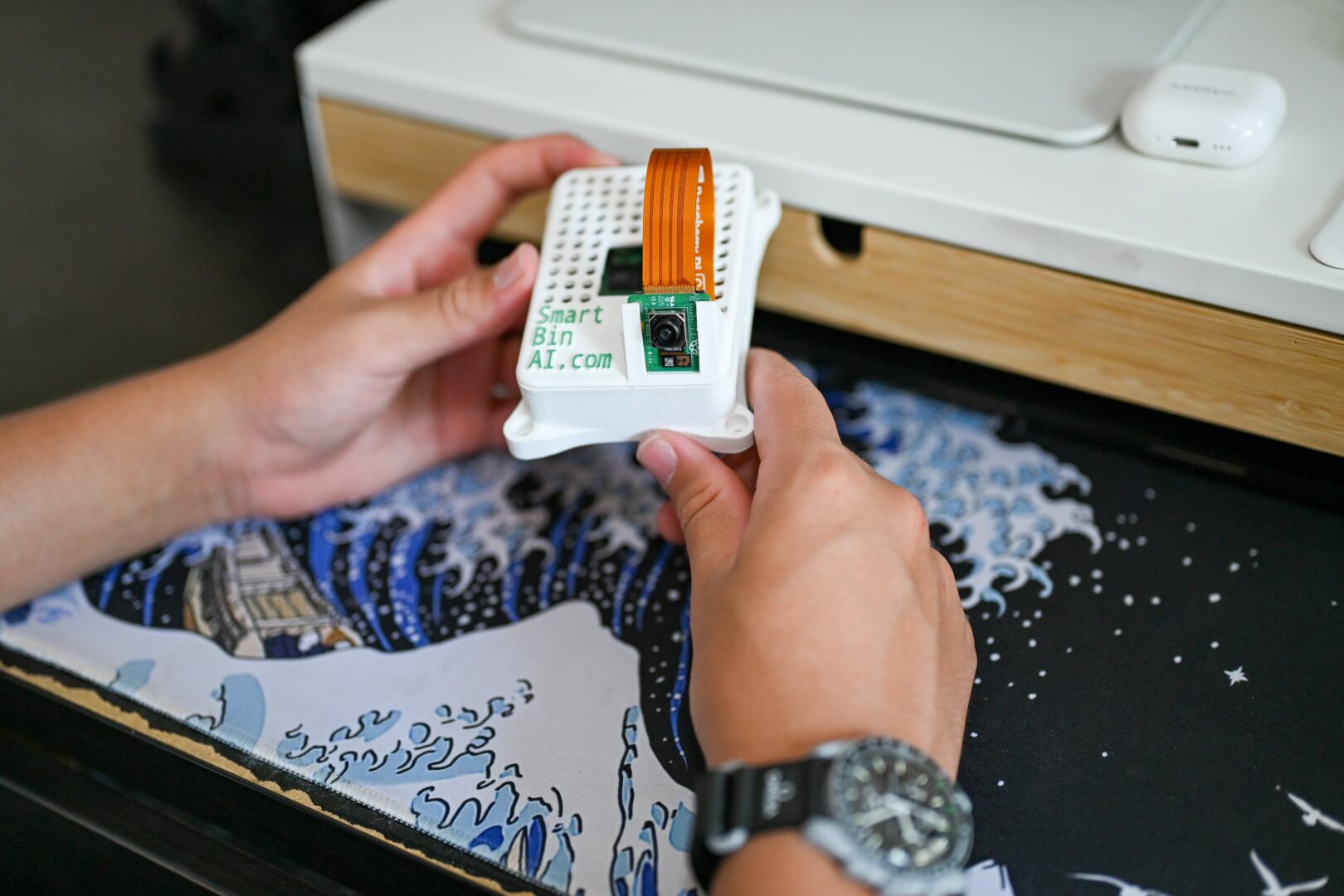
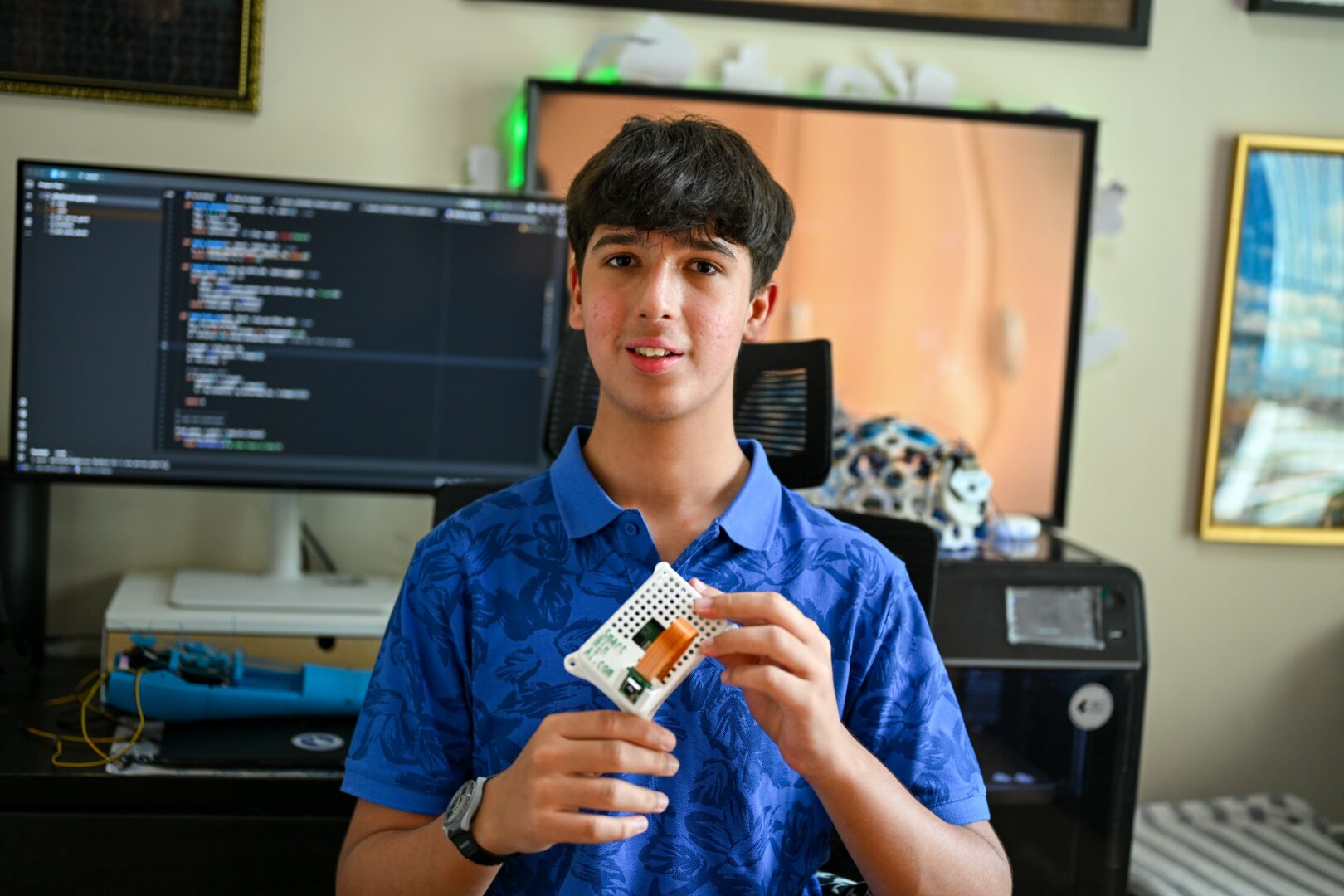
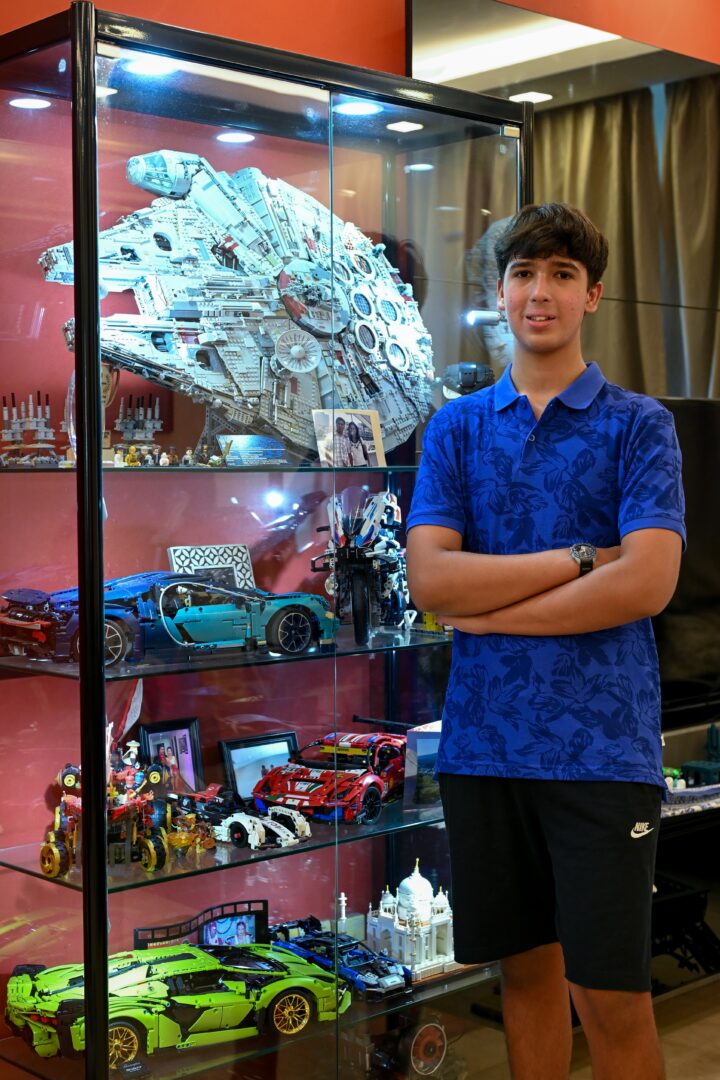
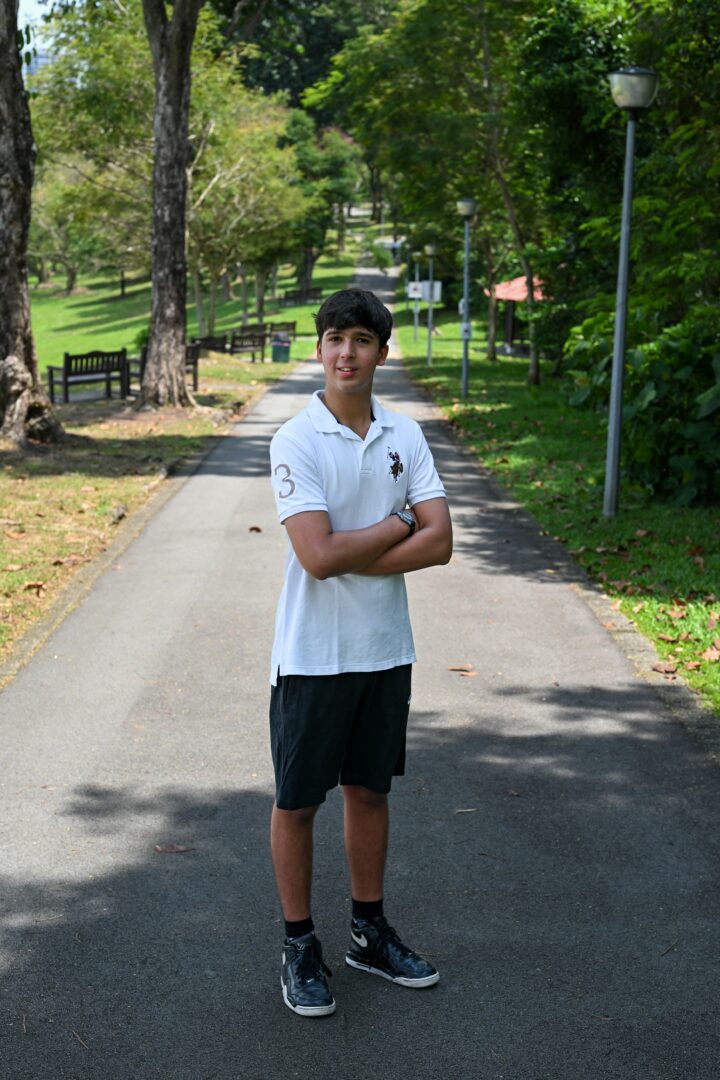
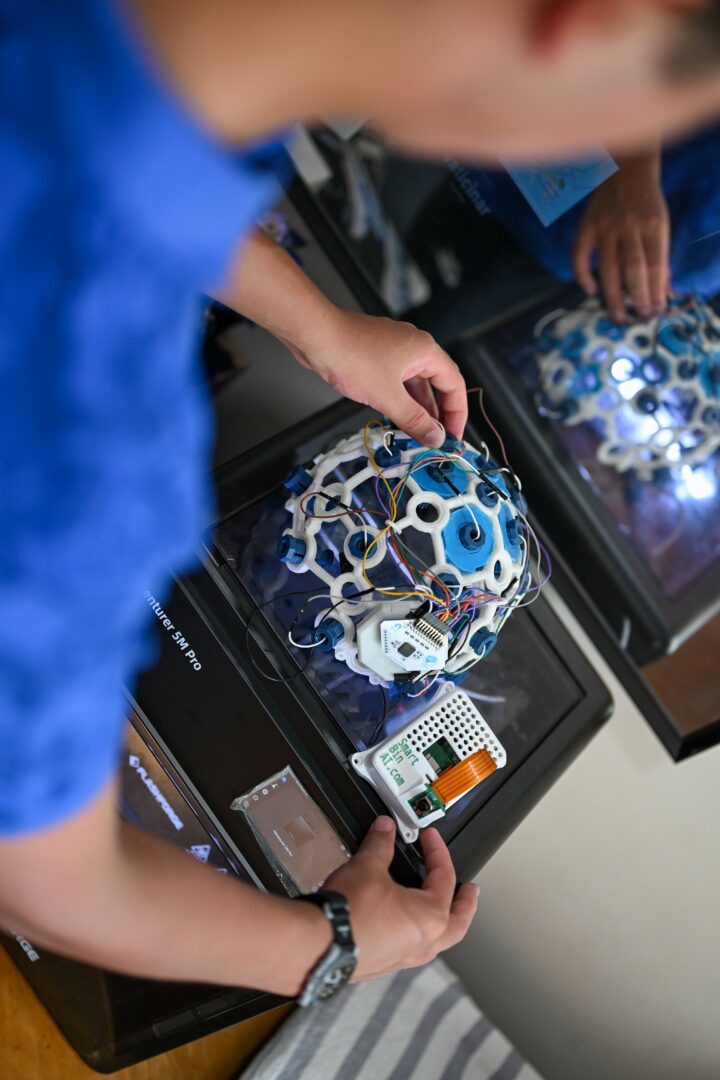
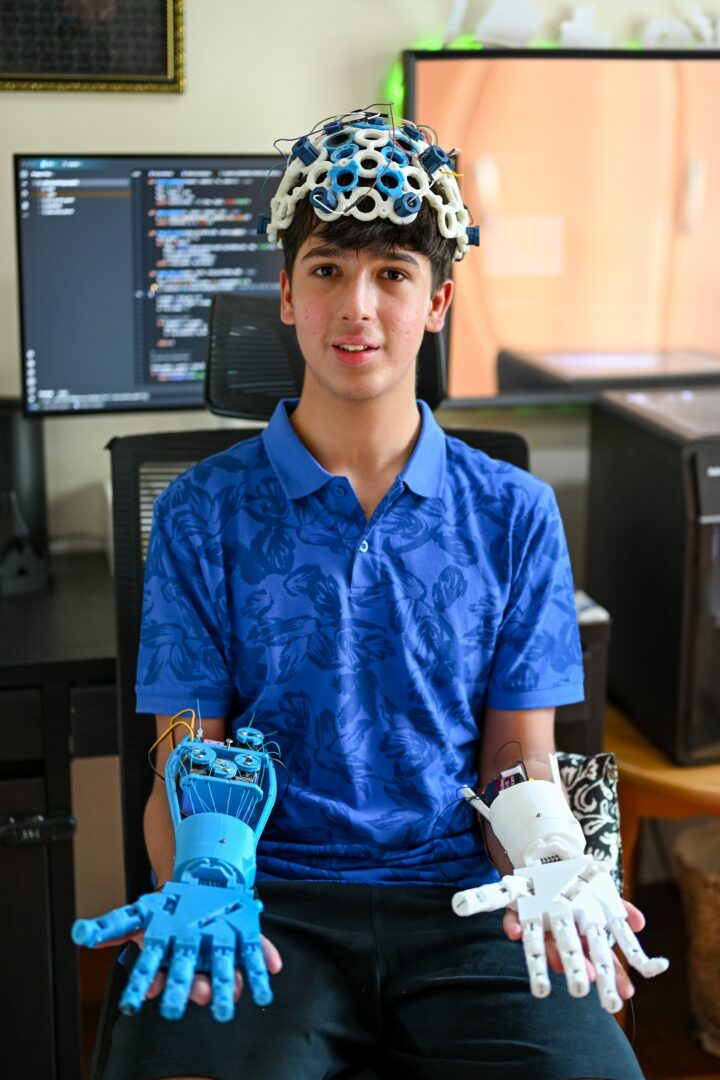
so if you or someone you know deserves recognition please let us know here.

